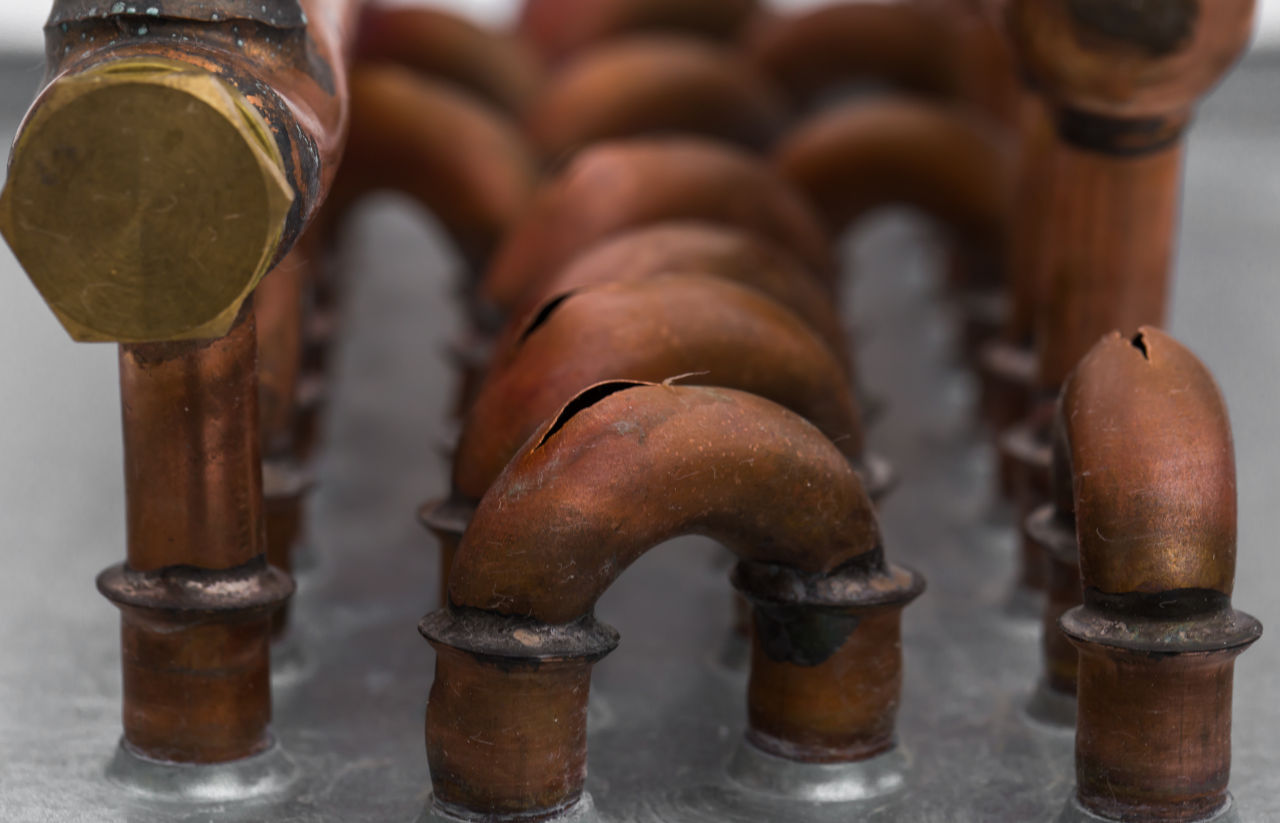Gas and natural gas are widely used in American homes and workplaces. U.S. Energy Information Administration reports that, in 2021, the United States consumed around 30.66 trillion cubic feet (Tcf) of natural gas. Thus, accounting for 32% of the country’s overall energy consumption. Although gas and natural gas are the primary fossil fuels we utilize daily, they can be dangerous. For example, gas leaks from an otherwise useful source can prove disastrous to nearby lives and properties.
Natural gas does not endanger individuals when it is handled carefully and kept. However, the slightest spark or flame coming into touch with natural gas can ignite a fire or create an explosion. Aside from fire, toxic natural gas fume exposure can cause irreversible brain damage.
What Are The Common Causes Of Gas Leaks?
Both home and commercial systems can avoid most gas leaks. Gas leaks shouldn’t ever be a concern if they are properly maintained and monitored.
The most frequent causes of gas leaks include:
- Inadequately maintained systems
- Faulty pipes
- A lack of proper inspections,
- An environment with an excessively lax safety culture
Most of the time, businesses utilize mercaptan additives to give the gas a smell that makes leaks easy to spot. The mercaptans, who have a sulfurous or rotten egg smell, warn everyone nearby to leave the area right away. It will also indicate to them not to start fires or sparks because doing so could cause an explosion.

Who Is Liable In A Gas Leak Accident?
Various factors determine who is to blame for the gas leak. There are a lot of instances where negligence might result in different types of gas leak injuries.
Various things, such as defective machinery, poor system upkeep, or a lack of appropriate health and safety regulations at work, can cause these.
Sometimes the absence of the sulfuric smell in the gas can result in gas leak injuries. This fragrance was added as a security measure because it does not occur naturally. The provider is liable for your damage if this odor is not there.
Now, let’s consider the parties that can be liable for a gas leak accident.
Employer
Workers’ compensation claims are typically made in response to any accident or injury on the working site or while carrying out authorized responsibilities for the employer.
An employer that does not adequately teach workers about the installation or usage of the equipment that resulted in the explosion can be held liable. The general public holds trained professionals to a lower standard of skill, and if they fall short of this standard, they may be judged negligent.
Gas Company
A natural gas distributor must exercise extreme caution and attention to prevent harm and property damage to the general public from gas leaks from its pipes.
Any time a gas company becomes aware of flaws in a customer’s gas pipes, appliances, or lines, they are required to rectify the issue immediately or turn off the gas until it is. In addition, the gas business may be held liable if a gas leak results in sickness or injury to a customer or a nearby resident.
Let’s consider the case of Oklahoma Natural Gas co. V. Appel . In this instance, the plaintiffs moved into their property. Soon afterward, various rooms in the house started to smell like natural gas. The plaintiffs reported gas odors to the defendant, the gas company, on many occasions and asked the company to send a service agent to check the home for leaks in the pipes and valves. The service agents reported back to the plaintiffs that everything was alright.
Shortly after this, there was a gas explosion. As a result, the plaintiffs suffered severe physical injuries. The court held the negligence of the gas company liable for the explosion.
Manufacturer
An injured victim may also file a lawsuit against the equipment’s designer or manufacturer if a defective part leads to a gas leak at work. When filing a third-party case, an employee should speak with a lawyer to analyze the pertinent documentation, determine who is responsible, and determine damages.
In the case of Bitler v. A.O Smith Corporation, the plaintiff was severely injured during a gas explosion in his basement. The plaintiffs then instituted a product liability action against the manufacturers of the gas control of his water heater. The court rules in favor of the plaintiffs.
Tratchel v. Essex Group Inc. also exemplifies this point. The plaintiffs were severely burned after a gas explosion due to the malfunction of the gas furnace control unit.

Using Legal Animation To Prove Liability In Gas Leaks
Natural gas is a hazardous resource that must be used with extreme caution. After a gas leak, a victim will be dealing with physical pain, emotional distress, property loss, and all the uncertainties that it brings.
Unfortunately, it is challenging to demonstrate liability to the jury. For example, showing whether the leak was brought on by poor maintenance or a defect in the design can be a herculean task.
Legal animation can therefore be utilized as a reliable tool to portray the incident and its cause to a jury accurately.
In situations where a gas company improperly installed gas-powered appliances, legal animation can be used to portray the negligence of the gas company. First, the animation will portray the wrong installation and how it caused the explosion. It will then demonstrate the proper installation procedure and how the outcome differs from the improperly installed one.
Moreover, legal animation can be instrumental in proving an employer’s liability. Legal animation will first demonstrate the duty of care owed by the employer and what an employer ought to do to keep a workplace safe from hazards. It will then portray the nonchalant actions of the employer and how its failure to take necessary steps to mitigate workplace hazards caused the accident.
Conclusion
A gas leak could occur if the gas lines and systems are not properly maintained. Burns, carbon monoxide poisoning, and even death may result from this. In such circumstances, proving liability with legal animation is vital to obtaining compensation.
However, choosing a legal animation company with a legacy of producing the best courtroom animations is crucial to your case. At Fox-AE, we stand out as industry leaders in creating courtroom illustrations.
We work closely with attorneys and expert witnesses to ensure we create admissible demonstrative exhibits.






